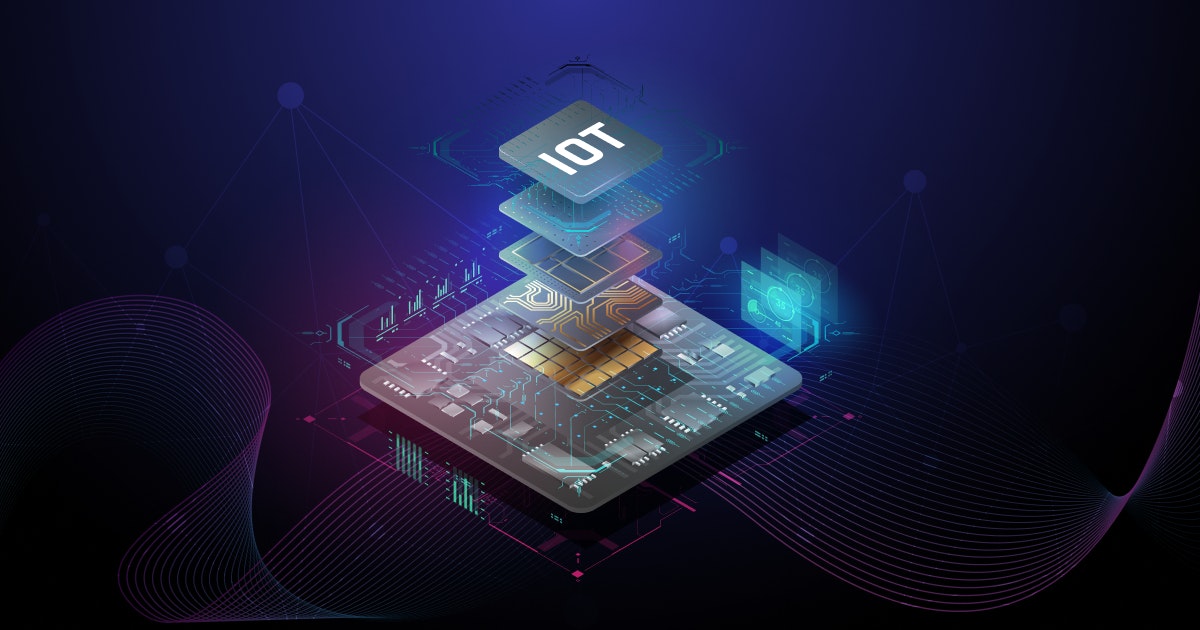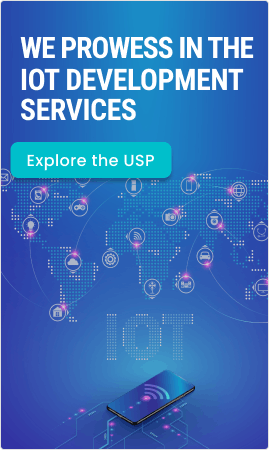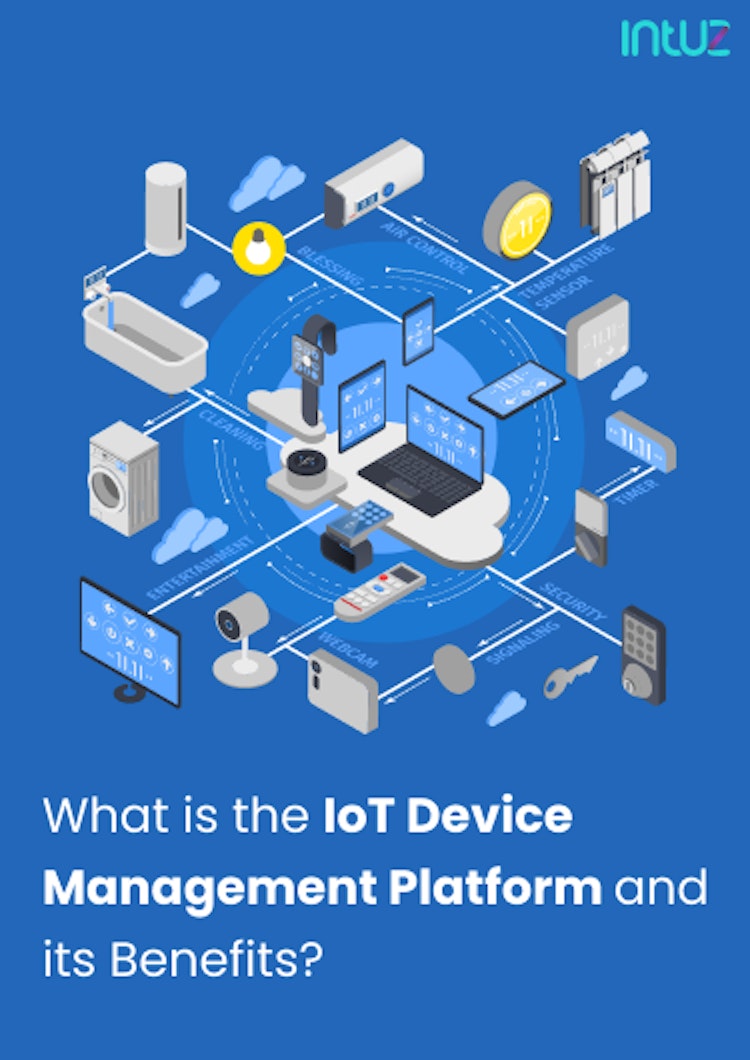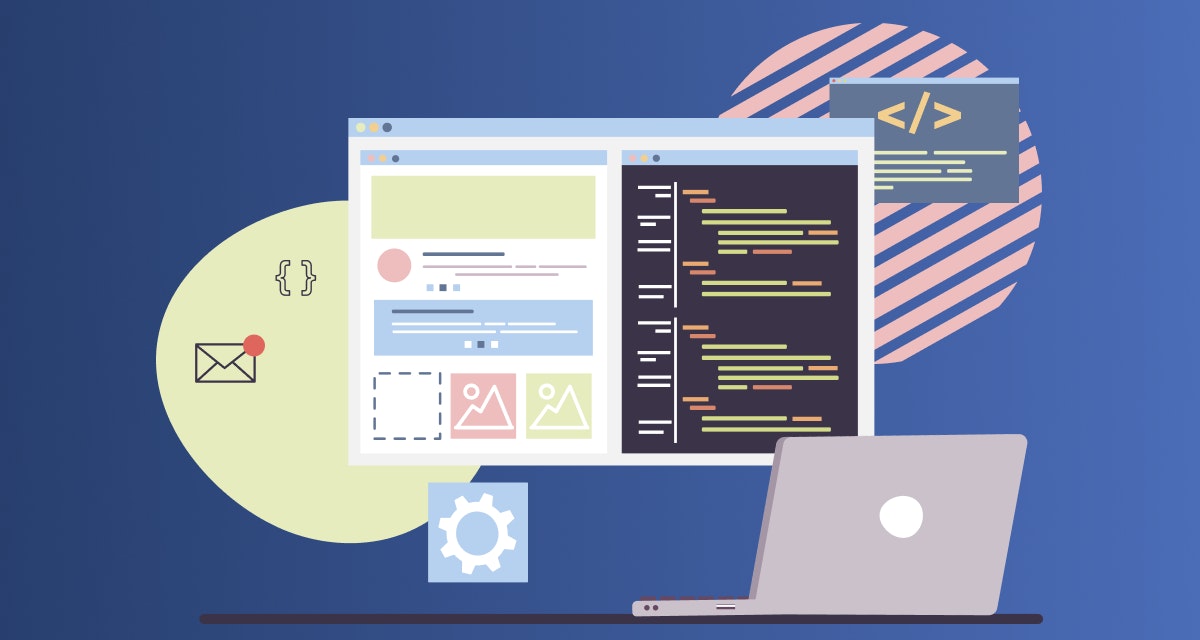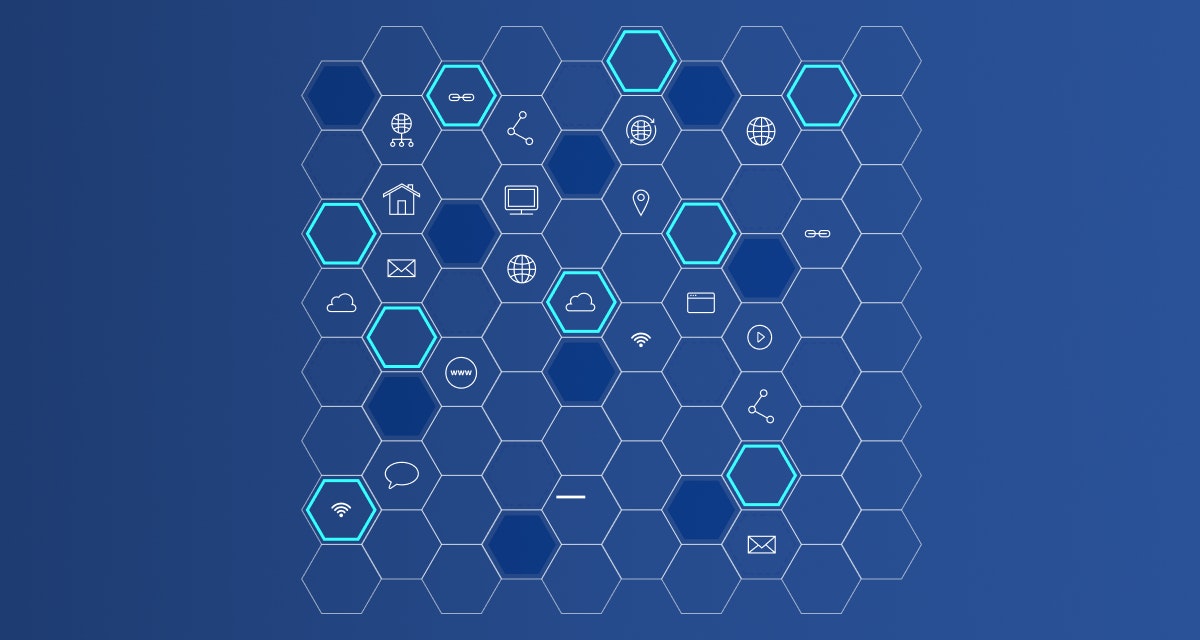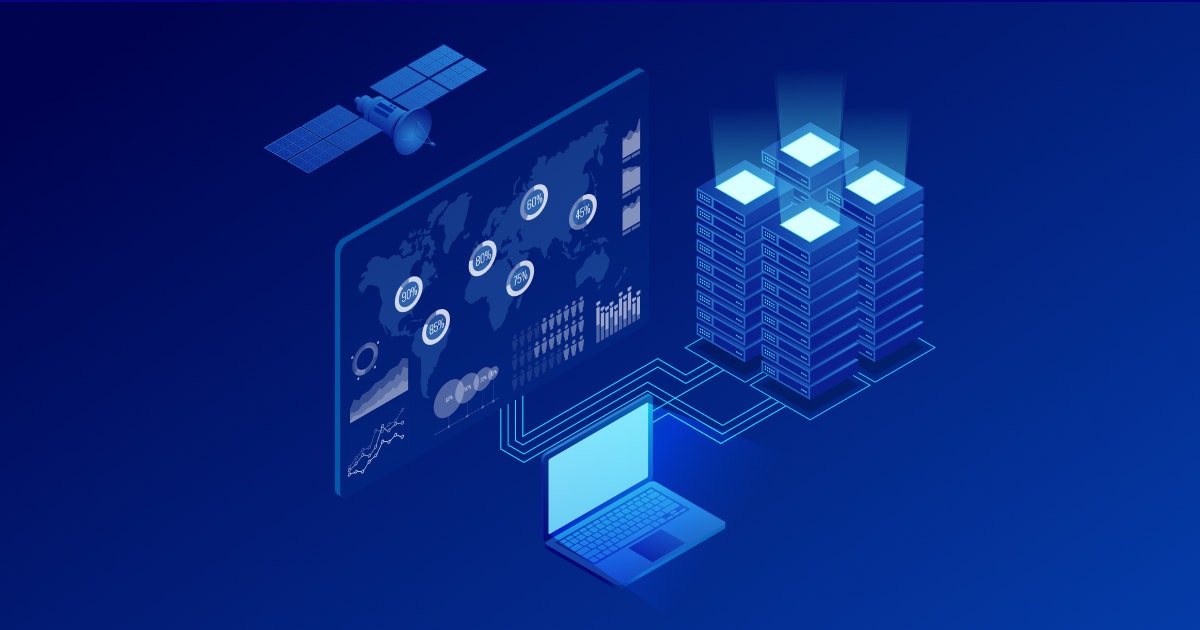Table of Content
Connected devices form the foundation of IoT. Found on everything - from industrial equipment and buildings to cargo shipments and pipelines - these IoT devices transmit data and monitor set metrics. Major IoT devices examples include a pressure sensor in a pipeline, tiny chips inserted beneath the skin of a cow in a herd, and a temperature sensor within a refrigerator railcar.
Both hardware and software components are designed for IoT applications through a standard design protocol and integrated with a communications network in the end. Popular platforms such as Arduino Uno and Raspberry Pi enable rapid prototyping without involving much custom development, thus accelerating the time required to implement an IoT configuration.
You see, design requires identifying performance requirements, the necessary hardware, and software, followed by specifications for components identified after considering the environment and the application to be used in it.
Hardware design for IoT projects
In hardware design, everything boils down to a clear understanding of the customers' business requirements. You must consider the minutest of component and data specification details and ensure that it corresponds to the final goal.
Before designing the hardware of your IoT project, please make sure your team has all the answers to the following questions:
- What are the physical signals that must be measured?
- Should the sensors be connected to the cloud directly or through a gateway device?
- How frequently should we collect signals, and how fast should the data be exchanged over the network?
Get Professional IoT Hardware Design Assistance Today!
Let's Get StartedServices surrounding IoT hardware design
Whoever you appoint for your IoT hardware design project should have the capabilities and experience to develop hardware that aligns with your core functionality so you can fetch maximum output from your IoT product.
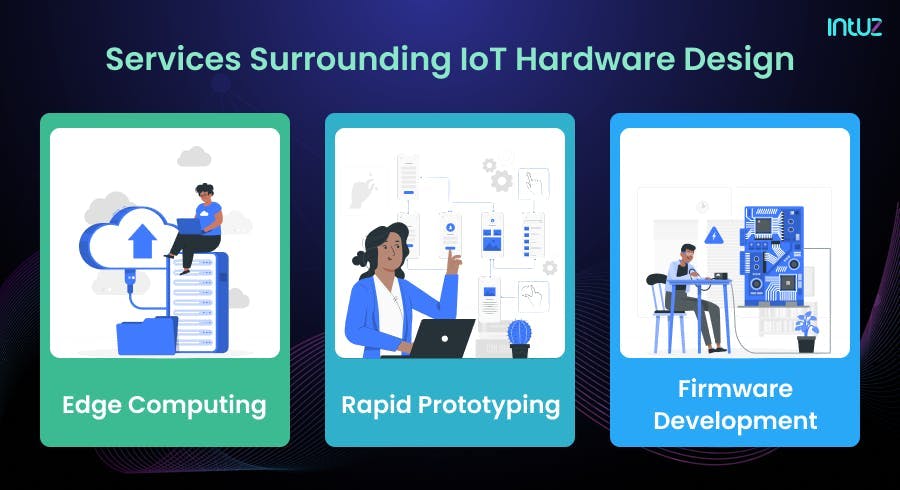
They should be able to handle all challenges related to integration into the existing technology stack for seamless performance and your complete custom IoT hardware design:
1. Edge computing
Deploy edge computing on IoT devices instead of traditional cloud computing for lower latency rates and quicker offloading time. Manage access points and save storage space by processing data in real-time rather than collecting all data in the cloud for analysis later.
2. Rapid prototyping
Building a market-ready solution requires time and money. Therefore, ensuring your product design and features meet market expectations and requirements is vital.
Whether you are testing if a new hardware idea works or just reviewing a business case, a prototype can help you understand what works and what does not. Besides, you can use 3D printed enclosures and dashboard and analytics.
3. Firmware development
Building IoT hardware devices is just one piece of the puzzle. It would help if you had microprocessors and microcontrollers based on IoT firmware design, development, and testing for your IoT devices. Gain a board support package, device drivers, network connectivity, and power management for enabling connected IoT devices.
The concepts of Arduino Uno and Raspberry Pi 2
IoT hardware includes a range of devices, such as bridges, sensors, routers, and so on, which are responsible for critical tasks such as systems activation, detection of support-specific goals, and device security and communications.
As mentioned before, IoT hardware components vary from low-power boards to single-board processors such as the Arduino Uno and Raspberry Pi 2, which are basically smaller boards plugged into mainboards - giving birth to specific features such as light and heat sensors, GPS, and interactive displays. Arduino Uno is an open-source device platform that helps create compatible development boards and tools.
Device capabilities vary across the official Arduino models and between dozens of third-party compatible boards. The hardware allows IoT developers to program using Python, JavaScript, and Lua. The standard approach for building software that runs on Arduino-compatible microcontrollers uses C++, C, and the Arduino IDE.
When you implement low-level hardware features such as deep sleep mode or reading from IoT connected devices, you will likely need to rely on device-specific libraries that make your cordless portable. Arduino Uno is a low-cost option that supports Bluetooth and WiFi connectivity, making it a popular solution among IoT application developers.
On the other hand, Raspberry Pi 2 is among the market's most affordable (this commonly used) IoT development boards. Gain access to a credit card-sized mini PC board that also operates as a personal PC. Raspberry Pi 2 offers significant enhancements in memory, speed, and multimedia processing prowess yet retains the power consumption levels and backward compatibility.
It also works with multiple operating systems, uses a standard keyboard and mouse, and supports Python, Java, and Node.js packages. It has dual-band wireless LAN, Bluetooth, WiFi, and Ethernet connection. Raspberry Pi 2 is used for configuring digital media systems and surveillance cameras.
Moreover, the board can be booted directly from a USB-attached pen drive or a hard drive - one of Raspberry Pi 2's major USPs.
Ten stages of the hardware development process
Building a hardware system for an IoT application is an overwhelming task in itself. Although IoT products comprise software, firmware, and hardware components, 80% of the costs and development hassle arise from the latter.
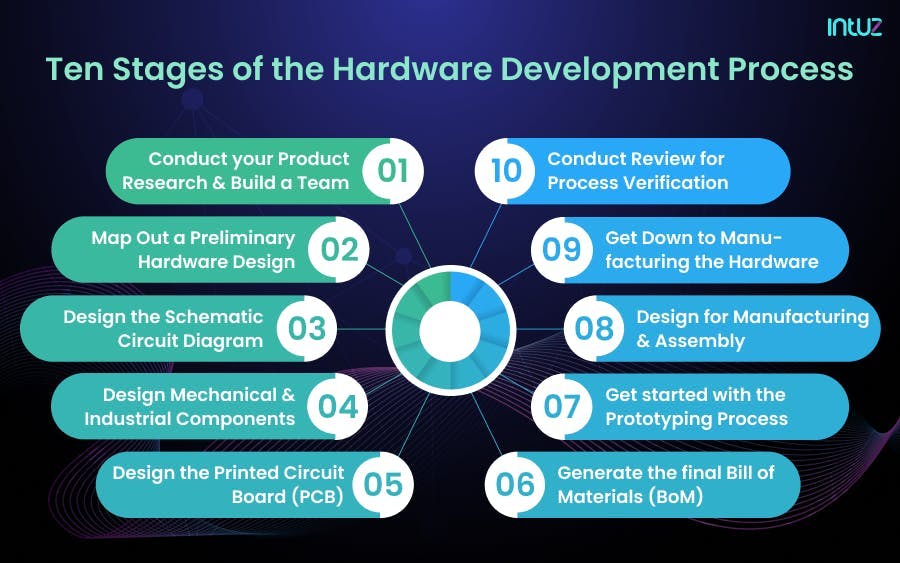
Therefore, you must follow the process diligently and consciously. Fret not - we discuss the critical ten stages in detail in the following section:
1. Conduct your product research and build a team
First things first, what is it that you are trying to build? Include all details such as configurations, features, market gap, target customer, competing products, and so on. Take a note of the existing skill set in-house and the knowledge and expertise you will have to outsource.
Assuming you created your team of solution designers, technical architects, and researchers. To build the Minimum Viable Product (MVP), you will have to clearly detail the development priorities besides listing down the basic product functionalities followed by extended features.
The more you brainstorm amongst your team members and talk to the intended audience, the more clarity you will have in your hardware development. Research thoroughly and write down your use cases in a datasheet. Add a QA resource at this stage to scope the possibility of the test cases for building your IoT hardware devices.
2. Map out a preliminary hardware design
This is necessary to address the gaps between the design concept and the actual design. Specify all the electronic functions and how they interconnect with other functional components.
A microcontroller is the core component for any hardware product that syncs with sensors, memory chips, displays, and so on. Therefore, choose the microcontroller and then pick other allied components for the hardware development process.
3. Design the schematic circuit diagram
The schematic circuit diagram primarily focuses on the high-level functionality of the product, and the diagram enables you to consider the tiniest of details and components, such as sensors, microchips, and resistors.
Any mismatch in the numbering of pins can result in overall product failure. Therefore, the schematic has to be designed with utmost care. Create a standalone sub-circuit for every block for more effective output in your hardware.
4. Design mechanical and industrial components
"Computer-aided design and drafting" or CAD is a technology that enables design and technical documentation, replacing manual drafting with an automated process. It is used for designing mechanical and industrial components.
The mechanical design follows all the conventional principles to achieve a fully compliant output. Depending on the type of hardware you are looking to design and your budget, select your CAD tool. Next, outline all design activities, including the purpose behind each design. The objective is to scope the hardware design's value, function, and appearance of all components.
5. Design the Printed Circuit Board (PCB)
Here is something you should never forget: Smaller the product, tighter the components, and more complicated the creation of PCB layout. The design will be more complex if the product offers wireless connectivity. Crystal clocks, power routing, address or data lines, and so on make the PCB more complex.
To create the physical board of all electronic components, leverage a verification tool to match the schematic diagram with the ideated PCB process. A few famous names include Altium Designer, Solidworks PCB, PCB Artist, and so on.
6. Generate the final Bill of Materials (BoM)
BoM is the list of all mechanical and electronic items to be purchased. Regardless of the low cost or small component, note their quantity and specifications. The majority of schematic design software solutions populate a BoM.
Verify the document manually before reaching out to vendors. Finding a reliable third-party provider is essential as you do not want to source faulty or poor-quality components. Be sure to choose well. Take time and speak to as many potential vendors as possible.
7. Get started with the prototyping process
Prototyping bridges your hardware product and the actual build that will hit the market shelves one day. This is a crucial step to take as this helps measure the feasibility of the product desired. Besides saving time and effort, this ensures the development process is quick and easy. You can either make the prototype in-house or outsource it to a skilled development agency.
8. Design for manufacturing and assembly
Also known as DFMA, it simplifies the production complexity and keeps the overall costs low. DFMA helps proceed with high-volume manufacturing and minimizes the number of product assembly steps.
Before starting the process, consult production experts for inputs and analyze every component to keep the manufacturing costs. Follow all legally-compliant manufacturing processes and use all standardized parts to avoid inventory complexities.
9. Get down to manufacturing the hardware
Once you have done your home, finalized your prototype, and taken approval from stakeholders, it is time to get down to making the hardware. Make sure you find yourself a reliable manufacturing partner for the job.
At this stage, you also need to identify and resolve any remaining issues in the design, along with fixing assembly fixtures and bugs. This step takes the longest to complete.
10. Conduct review for process verification
Once you have tried and tested manufacturing up to 100 units in the previous stage, it is time to up the ante and produce 100-200 units. Perform multiple build tests to evaluate whether your workflows are ready for mass production. You may still get a few failures during the process. Instead of panicking, take this opportunity to identify and fix all the issues.
Three IoT hardware building blocks
With the plethora of IoT applications present, it is impossible to generalize hardware architecture. However, that should not stop you from following a framework. There are three standard "building blocks" that every IoT application contains:
1. Data acquisition module
It focuses on fetching physical signals from the "thing" or "IoT asset" and transforming them into digital signals that a computer can manipulate. This hardware component includes different types of sensors, such as motion, vibration, temperature, light, and so on.
The signals received from the sensors are turned into digital information from the computer to use. The key considerations to focus on for the data acquisition model include the number and types of sensors you need to measure and the accuracy of measurements.
2. Data processing module
This is the "computer" that processes the data fetched from IoT assets, stores data locally, conducts regional analysis, and does any other computer operations at the edge. The arrangement does not require you to be an expert in computer architecture.
Your role should be understanding the overarching product goal and asking the right questions to help guide your team. Essential considerations in the module are the processing power and the amount of local data storage.
The decisions you make here should directly correlate with the functionality, performance, device size, life cycle, and so on.
3. Communication module
This refers to the circuitry enabling communications with your cloud solution. The model may include communication ports such as CAN, USB, and Modbus along with the radio technology for wireless communications, including LoRA, 3G, 5G, ZigBee, and WiFi.
The communications module is included in the same device as your other modules, or it can be a separate device specifically for communications.
Ways to choose the best design for your IoT project: A hardware design guide
IoT devices are highly specialized and unique. They are designed to operate within niche environments. Naturally, the hardware options would also reflect the uniqueness of the IoT devices. So, what are the main IoT hardware requirements during the development process? What key points must one remember? Let us find out:
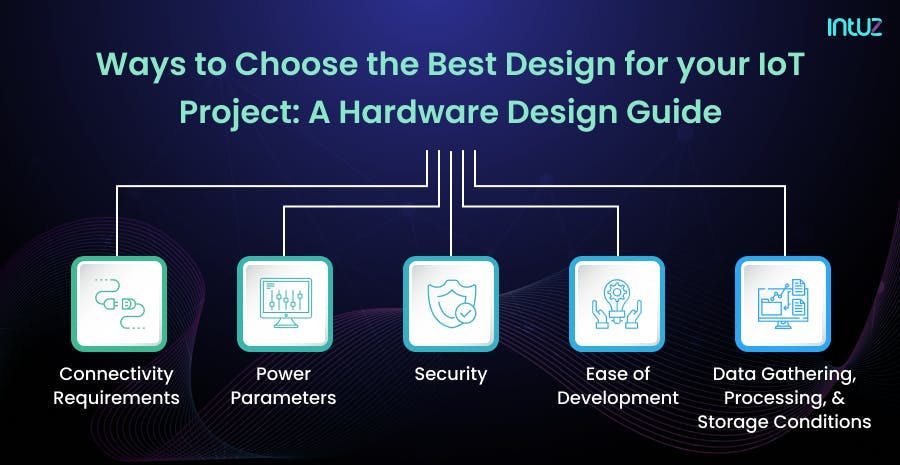
1. Security
Obviously, your IoT device has to be the most secure thing on the planet. It is, therefore, vital for the device's data integrity and security to remain intact - even during prototyping. Security parameters apply to the IoT device in question, your communication network, mobile and web service apps, and the cloud.
2. Power parameters
Consider whether your device will need to be hardwired for power or would it require a portable power source such as a battery. If it requires a battery, note its size, weight, and capacity requirements. Moreover, find out how often a battery should be charged if it is the "rechargeable" type.
3. Ease of development
At the end of the day, you want your IoT device to be up and running quickly - without hassle. It should capture data, communicate with other connected devices on the cloud, and just be the best product to use by end customers. If it is a pain to create IoT hardware design, then that is a problem.
4. Connectivity requirements
This is in regards to wireless networking. How far would you want the digital signal to be transmitted? And how much volume of data and at what rate would you want to be transmitted? Consider the option of "fault tolerance." Your hardware may need to be upgraded to have more flexibility to reconnect the data.
5. Data gathering, processing, and storage conditions
The number of sensors connected to an IoT device, the resolution of the data captured by connected systems, and the rate at which the collected data is sampled are vital ingredients of data processing. The volume of data to be stored on a device depends on how frequently the latter connects to transmit the data upstream.
Cutting-edge Industrial IoT Solutions and Development Services Company
Explore ServicesOver to you
Every IoT application is different. There is no "one-size-fits-all" approach to hardware selection (or development) for IoT projects. Therefore, adopting standards-based, commodity hardware such as single-board computers and microcontrollers can save you time and monetary resources in the early stages of the development process.
As an IoT application development company, we take care of the entire development process - from idea conceptualization, prototype designing, and manufacturing design to firmware development and quality control.
Book a 45-minute free consultation with our IoT expert today. We offer full-fledged IoT hardware development services to our clients.
